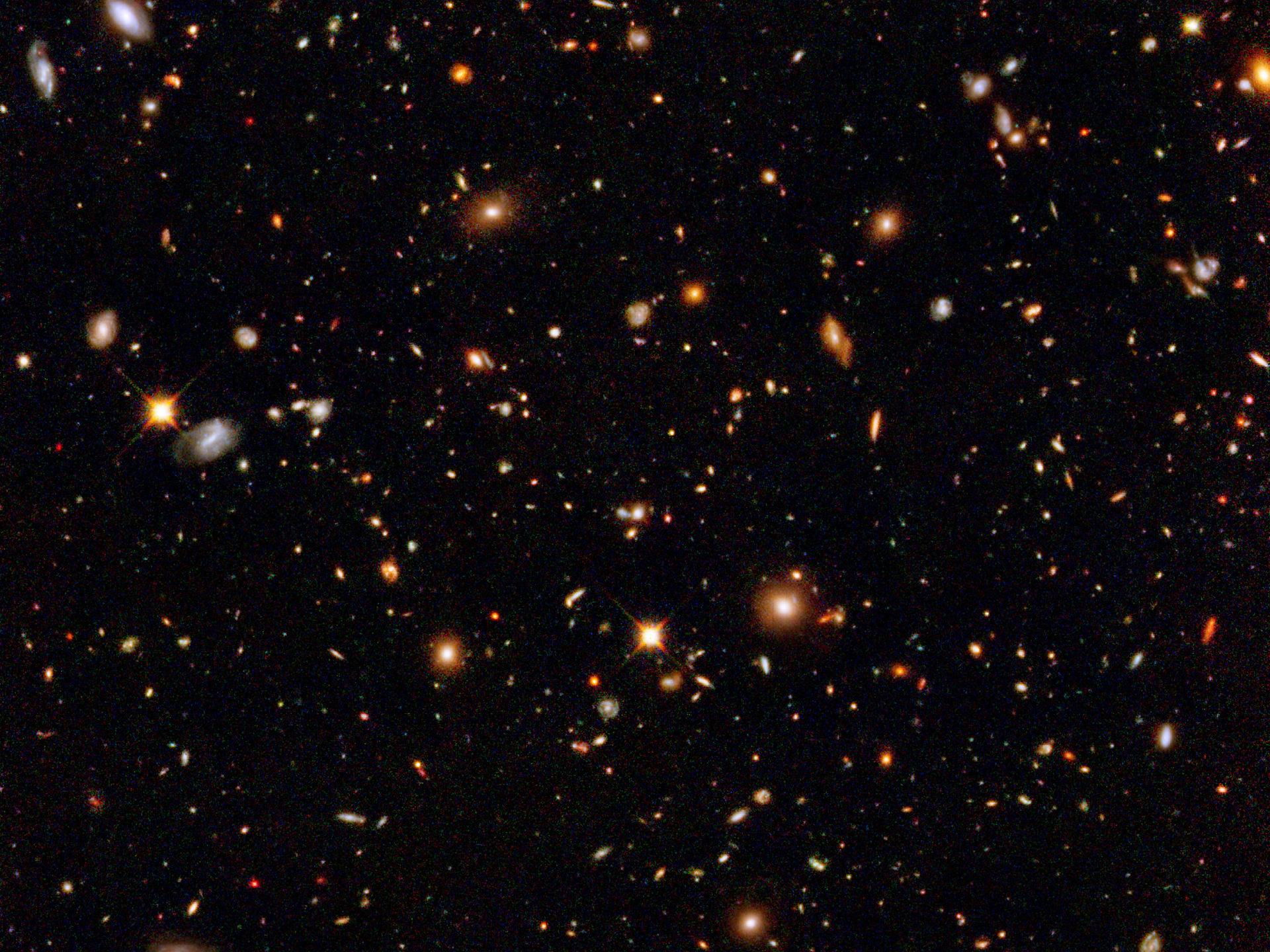
Ph.D., Research
Research Interests
Ph.D., Research
Astronomers try to comprehend the evolving Universe by studying galaxies frozen in time during different stages of their evolutionary history. Merging (collisions) between galaxies is a popular explanation for mass growth and morphological transformation of galaxies over cosmic time.
My Ph.D. research focused on using two commonly-used empirical merger identification techniques, namely: 1) Close-pair method; 2) Tidal Features to quantify the merger rate of massive (>10 billion times sun mass) galaxies.
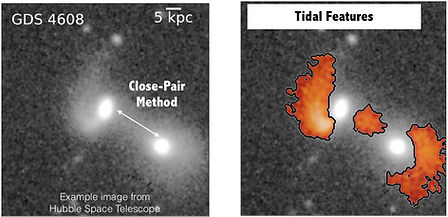

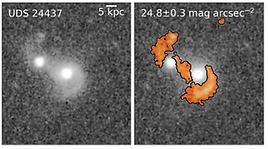
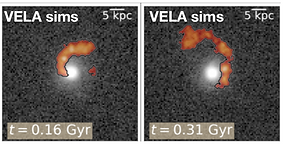
I measured the collision rate between galaxies in Mantha et al., 2018 using the close-pair method applied to images from the Hubble Space Telescope.
I developed a new method to extract the faint features surrounding colliding galaxies (tidal features) and applied it to the images of distant, colliding galaxies in Mantha et al., 2019.
Current Research
My current research involves developing and applying deep learning methods to scientific questions across various domains.
Astrophysics Related
I am developing novel machine learning based frameworks to do anomaly detection. I am leading two projects:

This work involves developing 3D deep learning based anomaly detection frameworks on the spatio-spectroscopic Integral Field Unit (IFU) data from the MaNGA survey.


I developed an anomaly detection model and used the machine anomalies to launch a new citizen science project called "Galaxy Zoo: Weird & Wonderful". Over 2000 participants identified more than 60,000 unusual galaxies.
Citizen Science Related
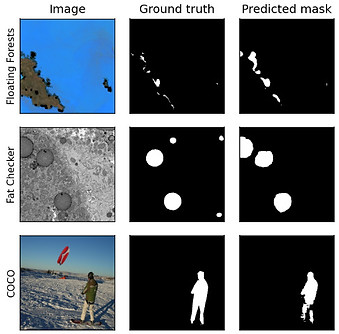
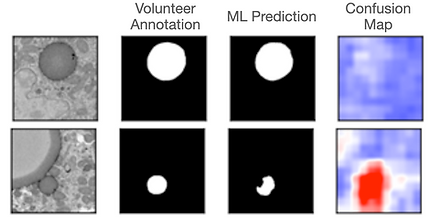
I co-led the development of a method that helps with the easy identification of poorly generalized subjects for prioritized viewing by the citizen science volunteers. This work was published in the proceedings of the HLDM 2023 conference.
Towards developing a generalized model for use across various citizen science projects, we used transfer learning concepts to test the applicability of one deep learning framework on various domain data sets. This work was published in Mantha et al., 2022
Biomedicine Related
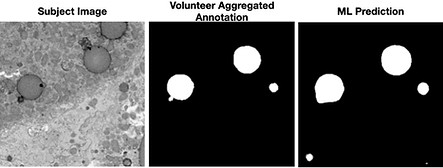
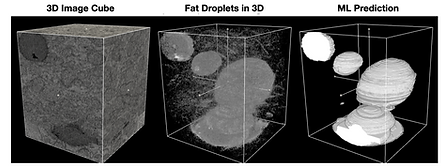
I co-led the development and application of both 2D and 3D deep learning frameworks on the data from the "Etch a Cell - Fat Checker" Project. Our models were successful in learning the 2D and 3D structures of lipid droplets with in the Volume Electron Microscopy imaging done by the Mayo Clinic Rochester Team.

I led the effort to apply a 3D deep learning framework on Brain MRI imaging data to identify different tumors and participated in the 2023 Brain Tumor Segmentation (BraTS) challenge. Our model performed on par with many state of the art techniques, while being substantially "light weight" in terms of number of trainable parameters.

I am leading the effort to launch a new citizen science project called "Correct a Cell", where volunteers will be shown machine based proposals for lipid droplets as starting points and are asked to suggest corrections using a new tool functionality.
Contributions to Medical Literature
I am interested in advancing our understanding of how various diseases progress and answering open research question to help with the betterment of patient care.
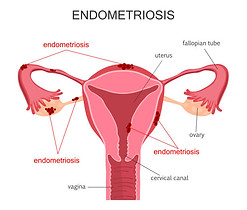
I led a research note highlighting an unexplored avenue within endometriosis therapeutic management and outlined various research questions, when answered, could benefit millions of women worldwide. This work was published in AJOG Global Reports.
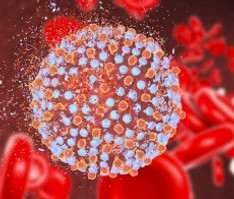
I led a research article highlighting how certain non-specific symptoms, caused by a now well-established correlation with cryglobunemic vasculitis, can become clinically relevant in the diagnostics of chronic hepatitis C. Such caution can have impact in a endemic areas where it is prevalent and often goes undiagnosed for decades before causing fulminant liver failure. This work has been published in Indian Journal of Case Reports
Galaxy Evolution
Studying the growth and evolution of massive galaxies in early universe by measuring their collision rates, star formation and supermassive blackhole activity.
Deep Learning
Development and application of novel computer vision based methods for classification, segmentation, and anomaly detection tasks.
Citizen Science
Effectively combining machine learning with citizen-science methods towards efficient label gathering and acceleration of research outcomes.
Biomedicine
Applying novel deep learning concepts to solve biomedical research problems. Advancing our understanding of pathogenesis of endometriosis and viral hepatitis.